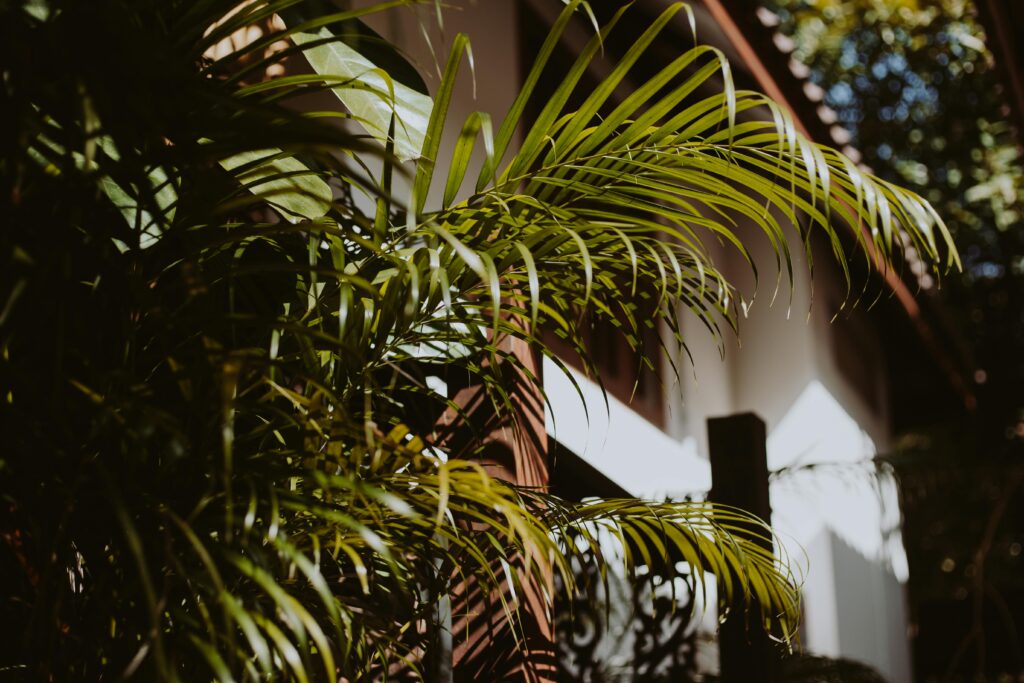1. Spider Plant

If you’re a beginner or someone who tends to forget about their plants, the spider plant is your new best friend. This low-maintenance beauty thrives in indirect sunlight and can tolerate occasional neglect. It’s especially great at tackling carbon monoxide, formaldehyde, and other common household toxins. Plus, it produces little “babies” or offshoots, which you can propagate to spread greenery throughout your home. Bonus? It’s safe for pets, so no need to worry if your cat decides to take a nibble.
2. Peace Lily

Peace lilies are a triple threat: they’re stunning, easy to care for, and excellent air purifiers. These plants are champs at filtering out toxins like ammonia, benzene, and formaldehyde. They’re also perfect for low-light areas, making them ideal for bedrooms or bathrooms. Just keep in mind that peace lilies prefer their soil slightly moist but not soggy. Oh, and their elegant white flowers add a touch of sophistication to any space.
3. Snake Plant

Also known as “mother-in-law’s tongue,” the snake plant is practically indestructible. It’s one of the best plants for removing toxins like formaldehyde, benzene, and xylene from the air. The real magic? It converts carbon dioxide into oxygen at night, making it a top pick for bedrooms. Snake plants thrive on neglect and only need watering every few weeks. If you’re forgetful with plant care, this tough guy will have your back.
4. Aloe Vera

Aloe vera does double duty as both an air purifier and a natural healer. Not only does it remove formaldehyde and benzene from the air, but its gel-filled leaves are great for soothing burns and skin irritations. Aloe loves bright, indirect sunlight and doesn’t need much water—let the soil dry out completely between watering. Keep it on a sunny kitchen windowsill, and it will thrive while also being handy when you need some quick skincare relief.
5. Rubber Plant

If you want a plant that’s both stylish and functional, the rubber plant is a perfect choice. Its glossy, deep green leaves are gorgeous, and it excels at removing toxins like formaldehyde from indoor air. Rubber plants prefer bright, indirect light but can adapt to low light as well. They like their soil to dry out a bit between watering, so they’re relatively low-maintenance. With the right care, this plant can grow into an impressive statement piece for your living room.
6. Boston Fern

The Boston fern is a lush, feathery plant that not only looks great but also works hard to purify your air. It’s particularly effective at removing formaldehyde and xylene, common toxins found in many homes. Boston ferns thrive in humid environments, making them perfect for bathrooms or kitchens. Keep their soil moist and mist them regularly to keep them happy. They add a soft, vibrant touch to your space while keeping the air fresh and clean.
7. Bamboo Palm

If you love tropical vibes, the bamboo palm is a must-have. This plant is excellent at removing benzene and formaldehyde while also adding humidity to the air, which is great during dry months. It thrives in bright, indirect light but can tolerate some shade, too. Be sure to keep the soil moist but not waterlogged. With its tall, elegant stems and lush fronds, the bamboo palm instantly elevates any room.
8. Pothos

Pothos is the ultimate beginner-friendly plant. This hardy vine thrives in almost any light condition and doesn’t need much water, making it virtually foolproof. It’s also great at removing toxins like formaldehyde and benzene from the air. Pothos looks fantastic in hanging baskets or trailing from shelves, giving your home a cozy, jungle vibe. Just keep it out of reach of pets, as its leaves can be toxic if ingested.
9. Dracaena

Dracaena plants come in many varieties, but all of them excel at air purification. They’re particularly good at filtering out trichloroethylene, xylene, and formaldehyde. Dracaenas are easy to care for and can tolerate low to moderate light. Be careful not to overwater, as their roots can be prone to rot. With their striking, sword-like leaves, dracaenas make a bold statement while keeping your air clean.
10. Areca Palm

The areca palm is another tropical beauty that works wonders for your air quality. It’s known for its ability to filter out toxins like benzene and formaldehyde while also adding moisture to the air. Areca palms love bright, indirect light and need regular watering to keep their soil evenly moist. With its soft, feathery fronds, this plant brings a refreshing, vacation-like feel to your home.
11. English Ivy

English ivy is a timeless favorite that’s as practical as it is beautiful. This trailing vine is particularly effective at reducing airborne mold and filtering toxins like formaldehyde. It thrives in moderate light but can adapt to low-light areas as well. Hang it in a basket or let it trail along a shelf for a classic look. Just be aware that English ivy can be toxic to pets, so place it somewhere safe.
12. Philodendron

Philodendrons are beloved for their heart-shaped leaves and air-purifying superpowers. They’re especially good at removing formaldehyde and require minimal care, making them perfect for beginners. Philodendrons thrive in bright, indirect light but can handle some shade, too. Let the soil dry slightly between waterings, and you’ll have a happy, thriving plant. Their trailing vines look stunning in hanging planters or draped over shelves, adding a touch of greenery to any space.
